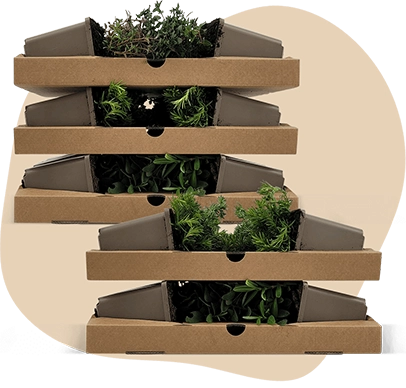Description
Prunus serrulata 'Amanogawa' C10 125-150 | Cherry blossom
The Prunus serrulata 'Amanogawa', commonly known as Cherry blossom, is a striking plant with an upright to bushy growth habit. This Cherry blossom can reach a height of up to 6 metres, making it a prominent feature in any garden. The leaves are green, with a smooth texture, and are known for their fragrant quality. Although not evergreen, the Prunus serrulata 'Amanogawa' is relatively low-maintenance and can produce small fruits. Its compact structure and columnar shape make it ideal for small gardens, providing a beautiful display in spring.
Key Plant Characteristics of Prunus serrulata 'Amanogawa'
- Prunus serrulata 'Amanogawa' blooms in April and May, showcasing beautiful pink flowers that are fragrant and attract bees and butterflies.
- This plant thrives best in sunny or partially shaded locations for optimal growth.
- It is adaptable to all soil types, provided the soil is well-drained to ensure healthy development.
- The bark of Prunus serrulata 'Amanogawa' is smooth with a greyish hue, complementing its upright to bushy growth habit.
For those looking to enhance their
garden plants collection, Prunus serrulata 'Amanogawa' is an excellent choice.
Application of Prunus serrulata 'Amanogawa' in the Garden
- The Prunus serrulata 'Amanogawa' is perfect for use as a solitary plant, in borders, or as part of a group planting. Its upright growth makes it ideal for small gardens or as a striking feature on a balcony or terrace.
- This plant is winter hardy, tolerating temperatures as low as -23.3°C, making it suitable for various climates.
- It combines well with other shrubs and perennials, especially those that thrive in sunny or partially shaded areas.
- The most notable ornamental value of Prunus serrulata 'Amanogawa' is its columnar shape adorned with pink blossoms, attracting pollinators and adding a touch of elegance to any garden.





























